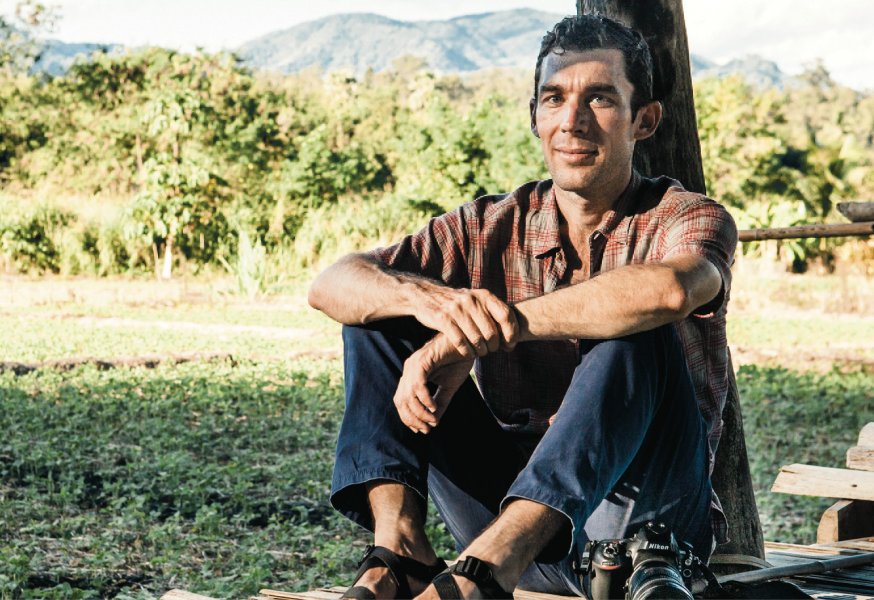This cookbook author is spreading the gospel about northern Thai food
We sit down with Austin Bush, author of The Food of Northern Thailand.
American writer and photographer Austin Bush, 41, just launched his first cookbook, The Food of Northern Thailand, and it has everyone from Andy Ricker (Portland’s Pok Pok restaurant) to Pim Techamuanvivit (Nahm) praising its esoteric recipes and vivid storytelling. A resident of Thailand for almost 20 years, Bush talks to us about his love of the north and why this book is more than a cookery manual.

What inspired you to write this book?
I came to Thailand in 1999 on a scholarship to study Thai at Chiang Mai University. I would use my free time traveling around taking photos. I find people are always happy to talk about food. Around 2007, [Portland restaurant] Pok Pok blew up doing northern Thai, so many foreigners started learning there are other types of Thai food. The time was right. In putting together this book, I mostly knew where I’d be going and what dishes I’d be covering as I’d built a lot of connections.
How long did it take to finish?
I first envisioned this 10 years ago, but I knew then that I wasn’t a good enough writer or photographer. I worked on it for about three years. I both wrote and photographed it, which was kind of insane. I’d roll into a town, into a restaurant or family kitchen, with my notepad, iPhone and camera. I’m most confident in my photography skills, so I over-compensated by taking a lot of notes. Then I’d have to go back and test a recipe. I’m not a super-talented cook, but I’m pretty familiar with northern food.
How would you describe northern food?
It’s close to what Thai people ate thousands of years ago. A lot of the cooking methods are very basic, so you have a lot of grilled dishes, you have a lot of raw meat dishes, soups and nam priks. Traditionally there’s not a lot of frying; that’s either new or introduced by the Chinese. Northern cuisine uses chilis but it’s not as spicy, there are a lot of bitter flavors which you get from herbs, ingredients like cow’s bile and dried spices. A lot of people in Bangkok tell me they don’t like northern food, that it’s bland. I just think they haven’t had a good version of it. One interesting thing I learned from talking to older people in remote areas is that in the past they would eat meat once a year. If you grew up 60-70 years ago, they would kill a buffalo or pig for a Buddhist ceremony for everyone to have. Now, it’s all about grilled meats.
 | "My whole approach is as a journalist: I just want to document the food in English because it’s always changing." |
Do you ever get put down for being a foreigner writing about Thai food, like some chefs do?
Yeah, sometimes. On Twitter I might get comments like, “white privilege.” I’ve never claimed to be an expert on northern food. My whole approach is as a journalist: I just want to document the food in English because it’s always changing. Normally, someone writes a cookbook and then sets up a studio in NY or LA to take professional pictures. My photos were all shot at the places I visited. Me being a white guy who speaks Thai opens a lot of doors, I can’t deny that. I was allowed into so many homes and kitchens, and I’m very grateful for that.
Advertisement